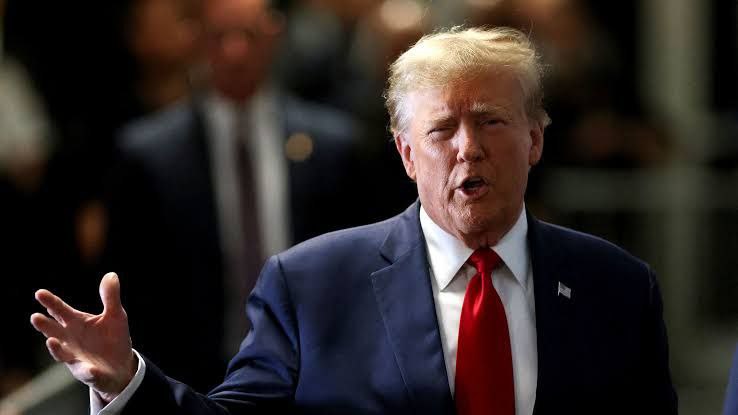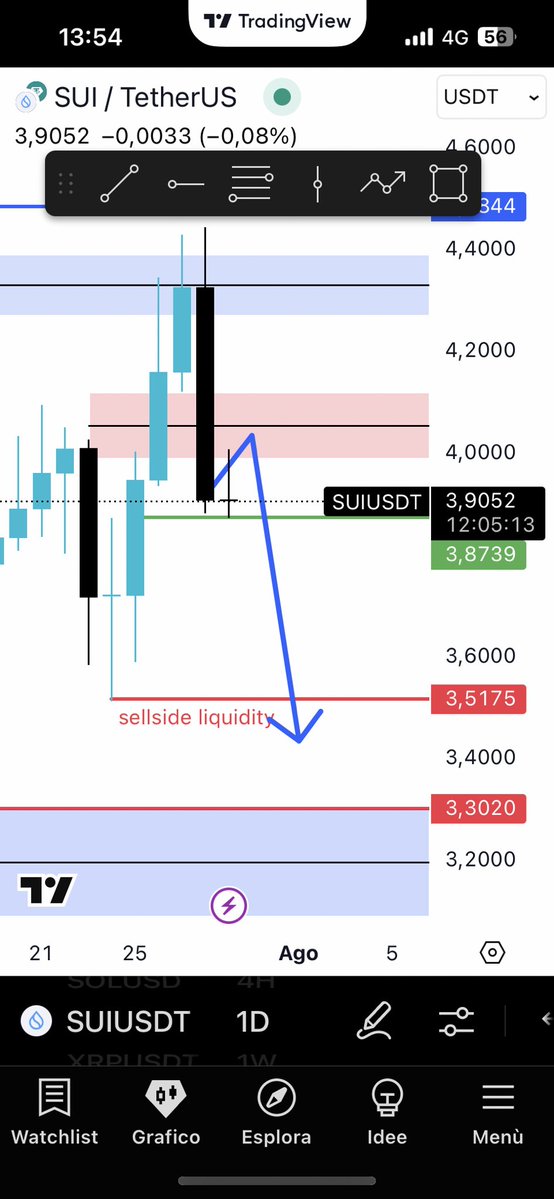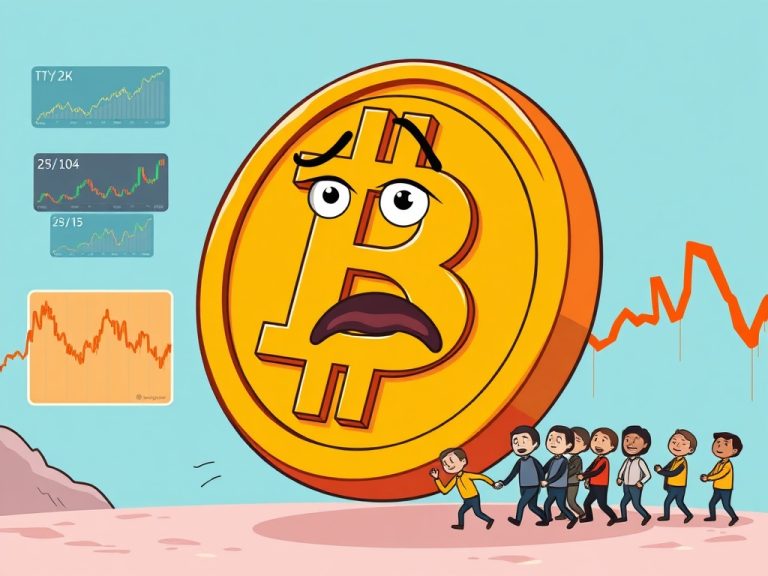
The Cryptocurrency Landscape in June 2025: Innovation, Market Movements, and Strategic Developments
Cryptocurrency continues to be a dynamic and fast-evolving realm as of mid-2025. The latest headlines—from high-profile launches and acquisitions to notable shifts in investment flows—highlight a market that is growing both in sophistication and in public interest. This analysis aims to unpack the recent developments, providing clear insights into how these trends contribute to the overall crypto ecosystem and what they might signal for investors, traders, and observers alike.
A New Wave of Crypto Innovation: From Wallets to Options Trading
One of the standout stories is the reported launch of a cryptocurrency wallet and trading app by Donald Trump. Such an entry from a notable political figure into the crypto space is striking, potentially attracting attention from a wider, possibly non-traditional investor base. The presence of a branded wallet and trading platform could catalyze adoption among users who might otherwise hesitate to dive into cryptocurrency due to complexity or skepticism. Designed to equip users with easy access to crypto markets, such apps often emphasize usability, security, and integration with mainstream finance.
Simultaneously, Coinswitch’s rollout of crypto options trading marks a significant expansion in available financial instruments within the crypto world. Options trading allows investors to hedge risks or speculate on price movements without necessarily holding the underlying asset, broadening the strategies users can deploy. This development indicates maturation in the market—moving beyond spot trading to more derivative and sophisticated means—which might contribute to greater liquidity and a more resilient ecosystem.
Strategic Moves: Large-scale Acquisitions and Market Positioning
Strategic acquisitions continue to be a powerful force in shaping the crypto market. The recent acquisition of 705 BTC by a strategy-led firm for approximately $75.1 million reflects growing confidence in Bitcoin’s long-term value. Large transfers or purchases of Bitcoin by institutional or strategic players often signal bullish sentiment and can influence market psychology, propelling other investors to follow suit.
Additionally, the comparison of investment inflows into Bitcoin ETFs versus Gold ETFs offers a fresh perspective on how traditional assets compete with crypto. In May alone, Bitcoin ETFs attracted $5.25 billion in net inflows, while Gold ETFs saw $1.58 billion in net outflows. This trend suggests a shifting investor preference, possibly driven by perceptions of Bitcoin as a modern store of value or hedge against inflation, challenging gold’s historical role. It also reflects growing regulatory clarity and infrastructure that support Bitcoin investment through familiar financial products.
Market Dynamics and Trader Sentiment: Micro and Macro Views
Despite these headline developments, subtle shifts in market behavior are equally telling. On-chain data indicates a weakening in small-scale Bitcoin trading activities—transactions below $100,000 showing softening trends. This might suggest that retail enthusiasm could be waning or that retail investors are adopting a more cautious stance amid broader market narratives.
Conversely, positive intraday price movements such as Bitcoin’s modest 0.58% gain on a given day highlight ongoing volatility and the persistence of speculative interest. The presence of trending altcoins like Ethereum, Mind of Pepe, XRP, and Pepe tokens emphasizes that while Bitcoin remains the flagship crypto asset, the ecosystem thrives on diversity and new speculative opportunities.
Evolving Market Structure: Centralized vs Decentralized Exchanges
One of the underlying themes in recent analyses, like the systematic literature review on centralized exchanges (CEX) versus decentralized exchanges (DEX), is the continuous tug-of-war between these two pillars of crypto trading infrastructure. Centralized exchanges offer ease of use, high liquidity, and regulatory oversight but often at the expense of user control over assets. DEXs promote privacy, control, and censorship resistance but face challenges such as speed, user experience, and liquidity fragmentation.
Market participants increasingly strategize based on these trade-offs, influencing liquidity distribution and innovation drivers. It is important to consider that the balance between CEX and DEX services could determine future regulatory outcomes and user adoption rates.
Developer Innovations and DeFi Synergies: BTCfi on Sui
Exploring integrations like BTCfi on the Sui blockchain illustrates how cryptocurrencies are pushing deeper into decentralized finance (DeFi). BTCfi aims to incorporate Bitcoin into DeFi applications using the Sui network’s capabilities, representing a bridging of traditional crypto assets into innovative financial ecosystems built on smart contracts. Such integrations enhance Bitcoin’s utility beyond a store of value, enabling lending, borrowing, and yield generation, which are keys to fostering a mature decentralized financial market.
Market Sentiment and Community Engagement
Social media updates and trading tips from thought leaders highlight the importance of collective sentiment and crowd wisdom in crypto trading decisions. Hashtags such as #cryptotraders #happytrading and #tradingtips reflect an active, engaged community seeking to leverage real-time information and analysis for tactical gains. This collective intelligence, while prone to hype, also forms a dynamic feedback loop that can rapidly amplify trends or corrections.
Conclusion: Navigating an Expanding and Complex Crypto Universe
The cryptocurrency market in June 2025 presents a rich tapestry of innovation, investment strategy, and evolving user behaviors. From major new product launches like trading apps and options services, through strategic accumulation of Bitcoin, to shifts in asset allocation away from gold, the signals point to a maturing but highly vibrant ecosystem.
For investors and enthusiasts, understanding these layers—from macro investment flows to micro trading behaviors and the infrastructure debates between centralized and decentralized solutions—is crucial for informed participation. Moreover, developments bridging Bitcoin to DeFi platforms highlight the creative potential yet to be fully realized.
As this landscape continues to unfold, it remains essential to balance enthusiasm with critical analysis, recognizing both the opportunities and the risks inherent in this fast-paced domain. Whether driven by innovation, speculation, or strategic positioning, cryptocurrency in 2025 is a frontier shaped by diversity, technology, and an ever-expanding global community.
—
References and Further Reading
– Centralized Exchanges vs. Decentralized Exchanges in Cryptocurrency Markets: A Systematic Literature Review
– Ethereum Price Analysis and Market Trends
– Istanbul Blockchain Week Official Announcement: Bitcoşar Media Partner
*Note: The above URLs are based on source citations from the collected content and provide additional context for interested readers.*







